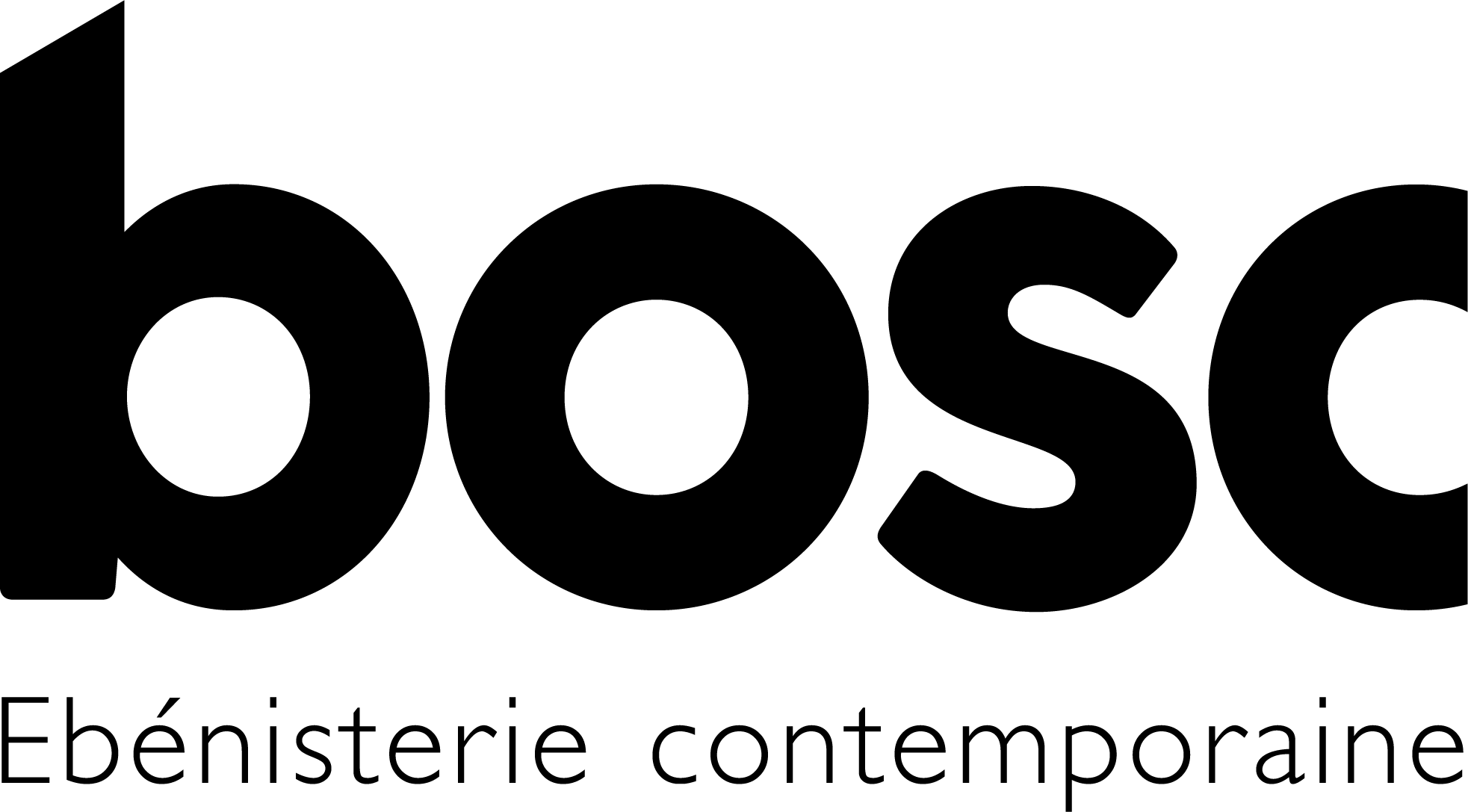Two-speed interior design: when creativity becomes a privilege
In the world of interior design for the hotel, restaurant and tertiary sectors, a silent divide has emerged. On the one hand, there are the “star architects” who enjoy almost absolute creative freedom, buoyed by their international reputations and the blind trust of prestigious or daring clients. On the other, the vast majority of the profession finds itself trapped in a straitjacket of constraints and formatted expectations that are gradually stifling their capacity for innovation, and increasingly interventionist clients, thus curbing their creativity in favor of a reassuring but increasingly unconvincing standardization.

The privileged few in hotel design
Certain names are the stuff of dreams for hotel owners in search of differentiation. When a hotelier calls on them, it’s for their instantly recognizable visual signature, their ability to create unique atmospheres that generate buzz and win the loyalty of a demanding clientele. These designers enjoy total creative freedom. The brief often boils down to: “Create a memorable place in the spirit of your work”. This carte blanche allows them to dare to take strong positions, to play with codes, to invent new hospitality concepts that redefine the customer experience.
Standardizing the experience
For others – the vast majority of the profession – the reality is very different. Calls for tender are multiplying, with visual references imposed: “We want industrial chic like that restaurant we saw in New York”, “Give us Scandinavian cocooning but with a vintage touch”, “We absolutely must have brass suspension fixtures and green velvet banquettes”. Hotel, restaurant and office space owners seem to have lost faith in the innovative capacity of interior designers, whose lack of notoriety does not mean lack of talent. They prefer to fall back on Instagram trends, concepts seen elsewhere and ambiences that “work”, rather than trusting in an original creative vision.
The obsession with “risk-free” and the lack of confidence mean that constraints and intermediate validations multiply. Every choice of material, every color, every piece of furniture must be justified, compared and approved. “Won’t this carpet get tired?”, “Are these light fittings warm enough?”, “What if we put plants everywhere like in that bar we loved?” Operators, often under financial pressure, want guarantees. They prefer to reproduce tried-and-tested recipes rather than experiment. Yet this understandable economic logic ends up killing the very differentiation that could set them apart from their competitors.

Decorative interventionism
n office spaces, the phenomenon is even more pronounced. Real estate managers, works councils, end-users: everyone wants to have their say on the layout. “Our employees prefer white”, “It has to look serious but casual”, “Can you add more peppy colors?”. The designer becomes a coordinator of contradictory desires rather than a creator of a coherent ambience. His expertise is constantly called into question, his artistic vision diluted into a soft consensus that satisfies everyone without moving anyone. This creative standardization produces interchangeable spaces. Boutique hotel lobbies look the same from one city to the next, with their camel leather armchairs, exposed brick walls and industrial pendant lights. Restaurants all adopt the same visual codes: upholstered banquettes, subway tiling, colorful neon lights. In the office, the open space is decorated according to the same recipes: colorful walls, fun furniture, relaxation areas with table soccer and green plants. The company’s identity disappears behind generic furnishings meant to embody “modernity”.

Impact on the customer experience
This standardization has a direct impact on the user experience. How do you build customer loyalty in a hotel that looks just like all the others? How do you create a corporate culture in offices with no personality? How do you make a restaurant a destination when its decor could be that of any trendy establishment? Today’s visually over-stimulated customers are looking for authenticity and emotion. They eschew formatted experiences in favor of places that tell a story, have a soul and leave a lasting impression.
Rediscovering creative audacity
The solution lies not in turning back the clock, but in redefining the relationship between designers and clients. We need to relearn to trust creative expertise, while keeping our feet on the ground economically. This calls for better education on the part of designers, who can explain their choices, reassure without standardizing, and propose measured but striking innovations. But it also requires more courageous clients, ready to take calculated risks in order to make a real difference. Because in the endthe places that make a lasting impression and generate value – whether by a famous designer or a lesser-known professional – are always born of the same alchemy: a strong creative vision meets enlightened confidence. It’s time to democratize this trust, so that excellence in interior design is no longer the prerogative of the privileged few, but a possibility open to all those with a vision to share.
